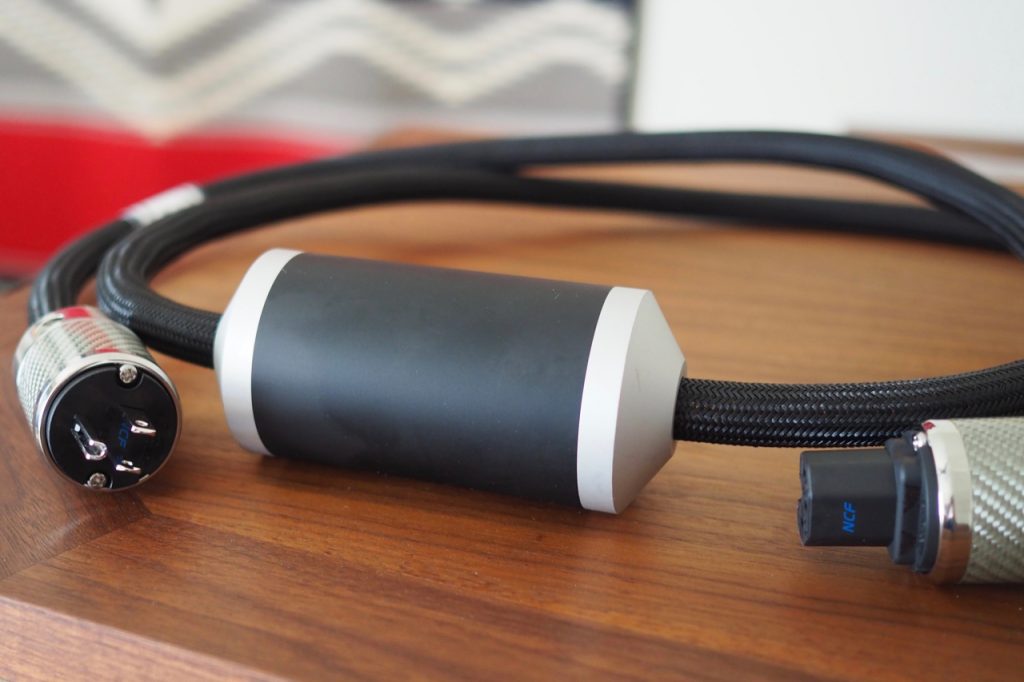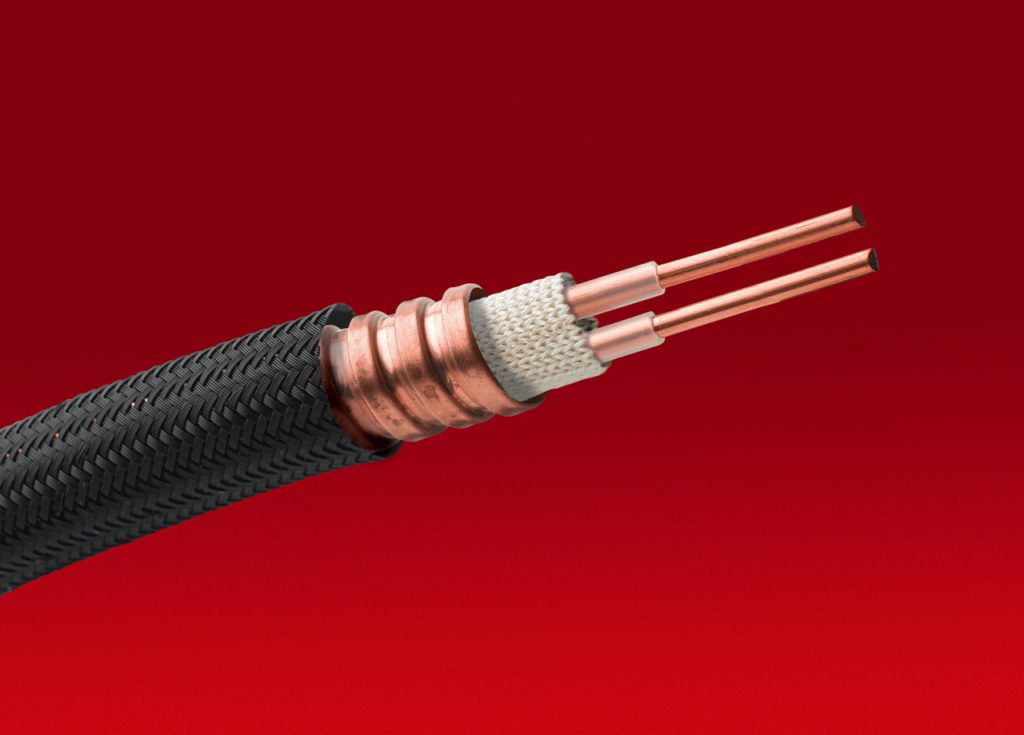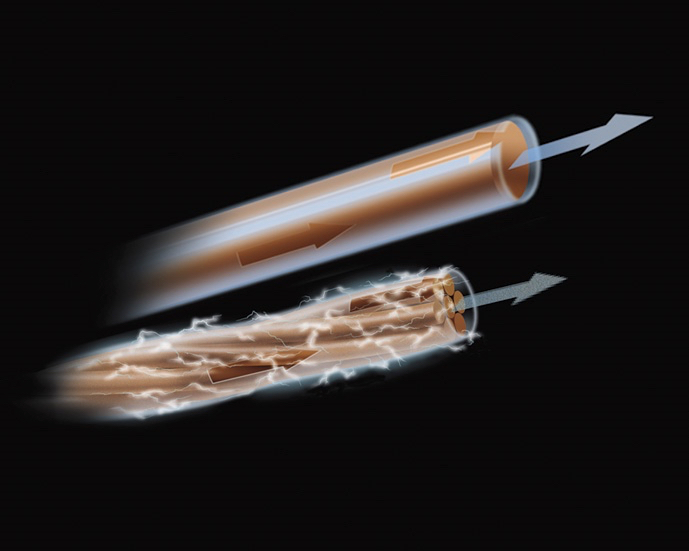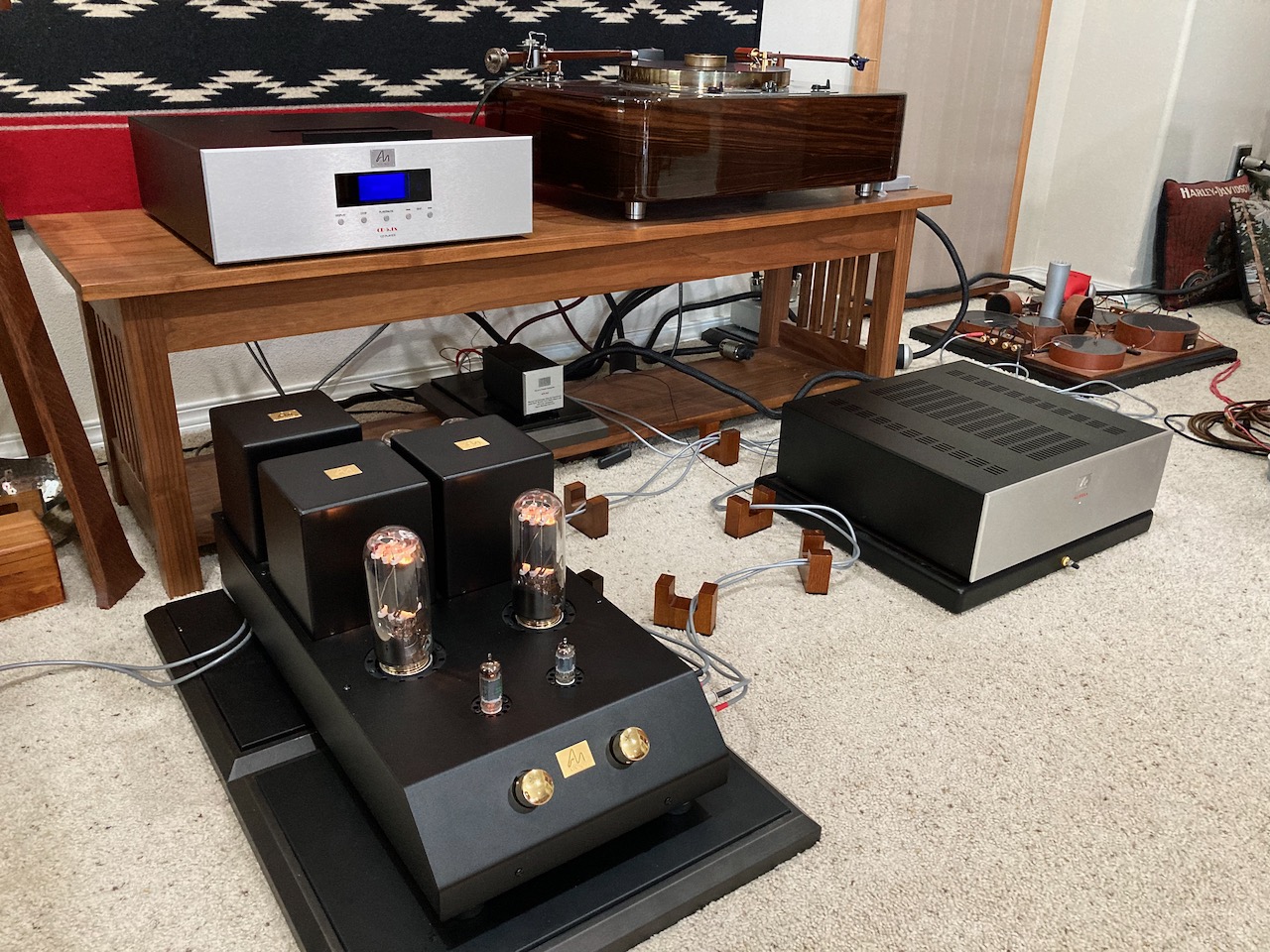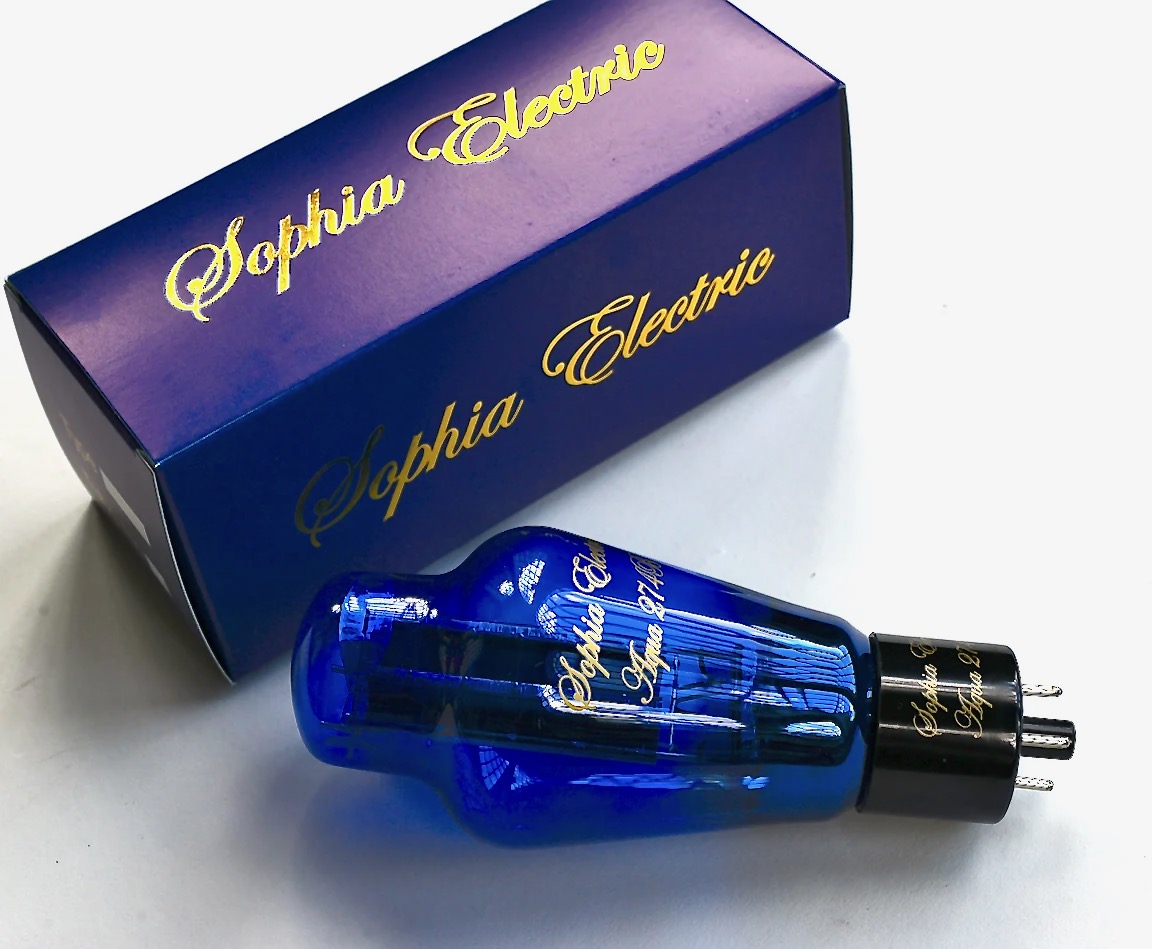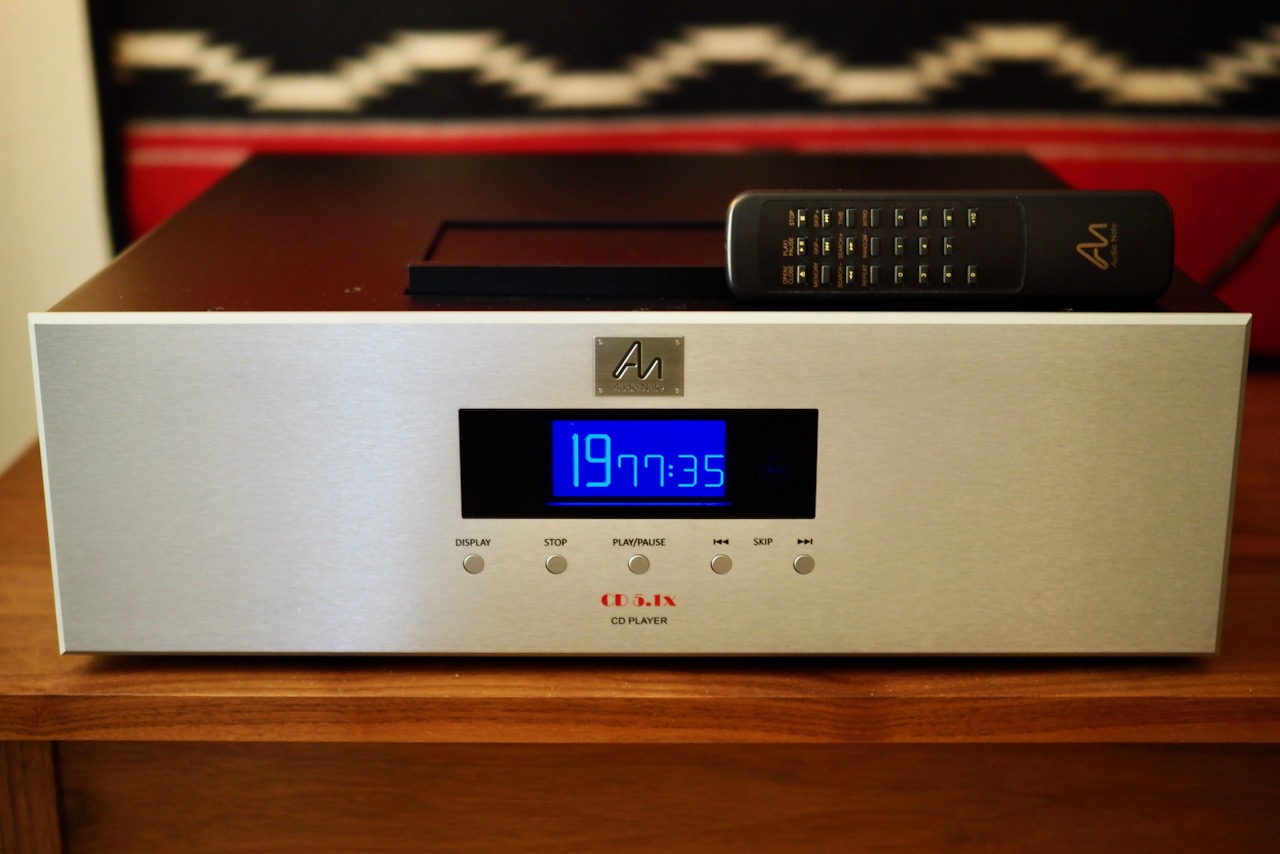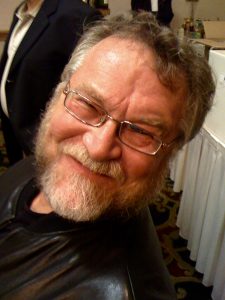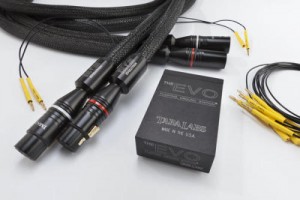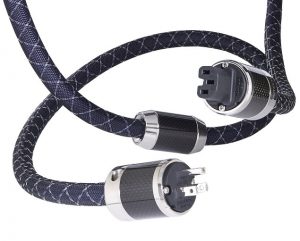I first became aware of Mr. Ken Ishiguro's Acoustic Revive products in 2007 when they were recommended to me by Mr. Yoshi Hontani (The MuSon Project, Osaka, Japan), who exports hifi exotica from the Leben Hi-Fi Stereo Company, the Spec Corporation, fo. Q, Audio Replas, KRYNA, SFORZAT, Murasakino Ltd, and of course, the subject of this article, Acoustic Revive.
This is Chapter 14 of my series entitled the Acoustic Revive Chronicles, and it sort of amazes me to think that from my first review of the Acoustic Revive RR-77 Schumann Ultra Low-Frequency Pulse Generator (photo below), back in February of 2008, that with this article for Positive Feedback, I've now written fifteen different articles about Acoustic Revive products over the last ten years. That's a lot of articles, and I've easily written more about Acoustic Revive than I have any other audio marque!
Here's the list of all my Acoustic Revive articles for your reference should you want to peruse them:
- Chapter 1 – The Acoustic Revive RR-77 Schumann Ultra Low-Frequency Pulse Generator – 6Moons, February 2008.
- Chapter 2 – The Acoustic Revive RIQ-5010 / RIQ-5010W Quartz Insulators; QR-8 Quartz Resonators – 6Moons, March 2008.
- Chapter 3 – The Acoustic Revive RCC-24 Ground Conditioner; SIP-8F RCA Input Shorting Plugs; QR-8 Quartz Resonators – 6Moons, May 2008.
- Chapter 4 – The Acoustic Revive RPT-2 & RPT-4 Ultimate Power Distributors, Power Reference AC Power Cords – PF Issue 39.
- Chapter 5 – The Acoustic Revive REM-8 EMF Canceler – PF Issue 40.
- Chapter 6 – The Acoustic Revive RWL-3 Acoustic Conditioner, CB-1DB Receptacle Base Plate, the CFRP-1F Carbon Fiber Outlet Plate, and the CS-F2 Outlet Stabilizer – PF Issue 42.
- Chapter 6a – The Acoustic Revive RIO-5II Negative Ion Generator & RD-3 Disc Demagnetizer – PF Issue 45.
- Chapter 7 – The Acoustic Revive Custom Series Loudspeaker Stands, the RST-38 & TB-38 Quartz Under-Boards, and the RAF-48 Air Floating Board – PF Issue 47.
- Chapter 8 – The Acoustic Revive Single Core Speaker Cables, Single Core RCA Interconnects, and the RCI-3 Cable Insulators – PF Issue 49.
- Chapter 9 – The Acoustic Revive RAS-14 AC Power Conditioner and the USB-1.0SP USB Interconnect – PF Issue 55
- Chapter 10 – The Acoustic Revive RR-777 Schumann Pulse Generator, the RL-30 Mark III Analogue Disc Demagnetizer, the CB-1DB receptacle base plate, CFRP-1F carbon fiber outlet plate, and the Acoustic Revive modified Oyaide R-1 receptacle – PF Issue 68
- Chapter 11 – The Acoustic Revive RR-888 Ultra Low-Frequency Pulse Generator, Single Core PC-TripleC, PCOCC-A, and Line-1.0RS RCA Interconnects, Oyaide R-0 AC outlet, and cruzeFIRST Audio Maestro AC outlet – PF Issue 76
- Chapter 12 – Acoustic Revive RPC-1 Power Supply Conditioner – PF Issue 89
- Chapter 13 – The RPT-6 Absolute NCF Power Distributor, the Power Reference TripleC NCF AC Power Cord, and the RAS-14-TripleC NCF Power Stabilizer – PF Issue 91
- Chapter 14 – Acoustic Revive Absolute Power Cables, the RCA Absolute FM Interconnects, and the PC-TripleC/EX Headshell Leads - this article!
I feel very fortunate to have experienced and written about Ken-san's Acoustic Revive products for over ten years now, and they have truly stood the test of time in my audio life.
I've always found Acoustic Revive products to make a meaningful—and sometimes startling—difference in my hifi systems' musical & sonic performance.
Acoustic Revive's quality is impeccable, their reliability is impressive, and I've never had even a single Acoustic Revive product malfunction, break, or wear out in that time period.
If you've looked closely at the photographs that accompany my reviews, you'll notice all kinds of Acoustic Revive products in the four hifi systems that I write about in the articles here at Positive Feedback.
When you write about hifi, over the years a lot of equipment comes and goes through your life, and very little of it stands the test of time to stay in place for the long term. In my case, the Acoustic Revive products have been a notable exception to that rule, as they have had a perennial role in my audio systems since 2007, for the simple reason that they work really well, and I can always count on them to get the best performance out of my various audio systems.
After all these years I consider Ken-san's Acoustic Revive products like comfortable old friends, adding to my audio happiness in meaningful ways, so it is always interesting and intriguing when a potential new Acoustic Revive friend arrives at my door.
I've witnessed Acoustic Revive products evolve in performance over the years, and in this particular article I'm going to tell you about the new Absolute Power Cords, the RCA Absolute FM Interconnects, and the PC-TripleC/EX Headshell Leads, and the musical and sonic prowess they possess.
But before I do that I want to repeat some of the canon of Acoustic Revive's history with snippets from previous articles, just in case this is your first encounter with Acoustic Revive audio products.
Acoustic Revive
Acoustic Revive was founded in Japan in 1997 by Mr. Ken Ishiguro, who is the design genius behind the innovative and ultra-quality Acoustic Revive products.
Like many hifi enthusiasts, Ken-san's interest in audio arose through his love for music as a youngster.
Ken-san told me, "I was listening to the Beatles when I was fourteen years old. It was 1976 and it was the 10th anniversary of the first arrival of the Beatles in Japan. There was a Beatles revival boom in Japan at the time, and I was listening to their music using a boom box. But I wanted better sound quality and a better system. Audio was very popular in Japan in the seventies, with audio systems being sold even in department stores. After getting out school for the day, I would stop in audio shops and listen to the music. I couldn't afford to buy the high-end audio systems the shops had as a child, so I bought something more modest. I started spending all of my part-time job and pocket money on analogue records and accessories to improve the sound quality of my system."
Ken-san told me that over the years his interest in music continued to grow, "I like to listen to all kinds of music from old historic to the latest popular music. I like all music from the different cultures around the world. I also go to concerts and listen to live music whenever I can. Lately I've been listening to a lot of 60's to 80's rock & roll. I think that rock music in that period had a lot of creative elements in the recordings that compare favorably to the creativity and artistry seen in the best classical and jazz. I personally think that if a system can play rock & roll superbly, then it can also reproduce any other genre of music well."
Ken-san has numerous home systems, and also owns a hifi retail audio store called PROGIC in Isesaki (in the Gunma Prefecture) where he can test Acoustic Revive products on a set of diverse audio & video systems to ensure they work well across a wide variety of equipment.
Ken-san said his original interest in audio accessories has blossomed over time: "I became very interested in audio accessories that improved the natural qualities of the music, and have been using them now for more than thirty years. I have tried all of the audio accessories I could find from around the world."
Ken-san wants to reproduce the sound from the recording media without adding any artifice, "so that it sounds natural and not as though it is being played back over an electrical device. Only by listening to natural sound without electronic artifice can you hear what the artists intended."
Ken-san's interest in audio accessories led him to start Acoustic Revive during a business downturn for the company he had become president of, Sekiguchi Machine Sales.
"Acoustic Revive is part of Sekiguchi Machine Sales, which used to design, manufacture, and sell production machinery used to make concrete blocks for construction projects. However, in 1995 the Ministry of Constructions in Japan changed the construction laws and building projects using concrete blocks were outlawed. As you can imagine, our company was impacted severely by this change and we ended up having to dismiss all our employees. At the end, only the president and I were left. Unfortunately, he passed away from cancer, and I was left as the president of the company without a job to do or products to make. So, I took a chance and decided to sell the RD-1 demagnetizer I was making as a hobby. Luckily the RD-1 was a popular product, and that's how I got started as an audio accessory manufacturer. Since 1997 I have been able to offer new products every year, and thankfully the Acoustic Revive products have been very well received."
Not only have Acoustic Revive products been very well received, but since their introduction in 1997, Acoustic Revive has received a significant amount of performance awards from around the world, somewhere around one-hundred and sixty-seven, if I remember correctly. That's a lot of awards!
Acoustic Revive Absolute Power Cord (2-meter length $11,950 USD, longer lengths available by quote)
Let me first tell you about the features of the new Acoustic Revive Absolute Power Cord, like the new "Degawa method MD unit" which is the large cylinder you see in the photos surrounding the power cord in the photo below.
The new Acoustic Revive Absolute Power Cord is similar to the Power Reference TripleC NCF AC power cords that I reviewed HERE (below), with the most obvious difference being the addition of the Degawa method MD unit that surrounds the cable at its mid-point.
Ken-san tells me the Degawa method MD unit is a magnetic thermal fluctuation noise suppressor. You will see thermal fluctuations noise variously referred to as Johnson-Nyquist noise, Johnson noise, or Nyquist noise, after John B. Johnson at Bell Labs who first detected and measured it in 1926, and which was then later explained by Johnson's colleague, Harry Nyquist.
Thermal fluctuation noise is generated as a result of thermal agitation of electrons as a function of resistance and temperature as current flows through a conductor in an electrical circuit. Thermal fluctuation noise is present in all circuits to one degree or another, and there has long been research into reducing it for improved circuit performance, particularly related to the ability to make the precision measurements needed for scientific research.
For example, for scientific research equipment at the National Laboratory I worked at before I retired, passive magnetic shields are routinely used to create a region in space that is magnetically isolated from their surroundings to allow for more precise measurements by reducing thermal fluctuation noise, and essentially this is what the Degawa method MD unit does for the Acoustic Revive Absolute Power Cord.
Ken-san tells me that with the Degawa method MD unit consists of a "tunnel-like structure unit in which a plurality of specially shaped magnets are alternately combined, then this unit is covered with a blend of natural ore particles".
The Degawa method MD unit encircles the power cord, and when AC power flows through the power cord into the magnetically isolated space created by the Degawa method MD unit the thermal magnetic noise is suppressed, resulting in lower noise being transmitted from the AC power line into the audio system circuits for an improvement in performance of the circuit.
It is my understanding that the Degawa method MD unit is in the initial stages of the patent process in Japan.
Another feature of the Acoustic Revive Absolute Power Cord is the PC-TripleC 2.8 x 2.4 mm oval single-wire conductors (above), the same conductors as used in the Power Reference TripleC NCF power cords that I reviewed last year.
Allow me to quote Ken-san from that review:
"The ideal cable is one that is not diminished by transmission loss or alteration. There are no cables that will improve sound quality, rather it is only by reducing transmission loss and transmission alteration that more of the original sound quality can come through.
"In order to eliminate transmission loss and transmission alteration, Acoustic Revive jointly developed with various specialized material manufacturers the ideal cable structure.
"In particular, we use a single core conductor of PC-TripleC in an elliptical shape, which excludes resonance inherent to a single wire, that is created for us by the world's best forging manufacturing method by FCM Co., Ltd."
I might add the PC-TripleC wire is oxygen free wire, "We jointly developed a flexible Teflon coated copper tube to use as a shield, which provides ease of handling with complete shielding characteristics. For inside the shield we collaborated with Eisai to develop a natural silk tube that we use to separate the conductors and suppress vibration by combining dissimilar materials."
Additionally, Ken-san says that the Acoustic Revive Absolute Power Cordis "… equipped with a natural quartz layer which controls the electromagnetic waves during transmission and creates an organic and fresh sound with texture."
The final layer is a protective sheath made of carbon SF tubing, whose purpose is to neutralize static electricity effects and to provide a double shielding effect for the power cord.
The conductors are terminated with the NCF(R) Piezo Ceramic Series of Furutech AC plugs, the FI-50M NCF(R) on the wall outlet end (above), and the FI-50 NCF(R) IEC plug for connecting to components (below).
Here's what Furutech says about their FI-50 NCF Rhodium series of plugs:
"Furutech's Pure Transmission FI-50 NCF Piezo Ceramic series connector bodies and housings feature several breakthrough construction techniques.
"A multilayer nonmagnetic stainless steel and silver-plated carbon fiber shell incorporates a special damping and insulating acetal copolymer. Furutech settled on stainless and silver-plated carbon fiber for the outer housing after extensive listening sessions with Japanese industry figures and audiophiles.
"The body of the connectors incorporates an "active" damping material: Nano Crystal² Formula—Nano Crystalline, Ceramic and Carbon Powder.
"Incorporated into select Furutech products, Nano Crystal² Formula (NCF) is comprised of a special crystalline material that has two "active" properties. First, it generates negative ions that eliminate static and secondly, it converts thermal energy into far-infrared. Furutech then combines this remarkable crystalline material with nano-sized ceramic particles and carbon powder for their additional "Piezo Effect" damping properties. The resulting Nano Crystal Formula is the ultimate electrical and mechanical damping material—only found in Furutech products!
"Nano Crystal Formula eliminates static, "interconverts" thermal, mechanical and electrical energy and damps vibrations—all for the finest Furutech Pure Transmission signal imaginable.
"How far will Furutech's engineers go in their attempts to reach Pure Transmission reference quality? Their concentrated examination of each and every element of signal transfer has resulted in another breakthrough technology, the Furutech Earth/Ground Jumper System. It eliminates EMI (Electromagnetic Interference) induced in metal parts like connector housing screws.
"Current flowing through the power connector creates a magnetic field, just as an insulated conductor creates both electromagnetic and electrostatic fields. Furutech engineers found this magnetic field induces current flow (and a small magnetic field) in the screws holding the connector together! These magnetic fields interfere with the larger magnetic field around the conductor and connector.
"Furutech's total attention to detail and elegant engineering neatly solves the problem. The Earth/Ground Jumper System connects the securing screws to a ground terminal within the plug completely eliminating the field disturbances they cause. The stray fields are grounded by a series of interlocking parts within the connector that attach to the ground conductor. The Jumper System is available in Furutech NEMA Power and IEC Connectors. The Earth/Ground Jumper System Carries US Patent No. 6,669,491.″





